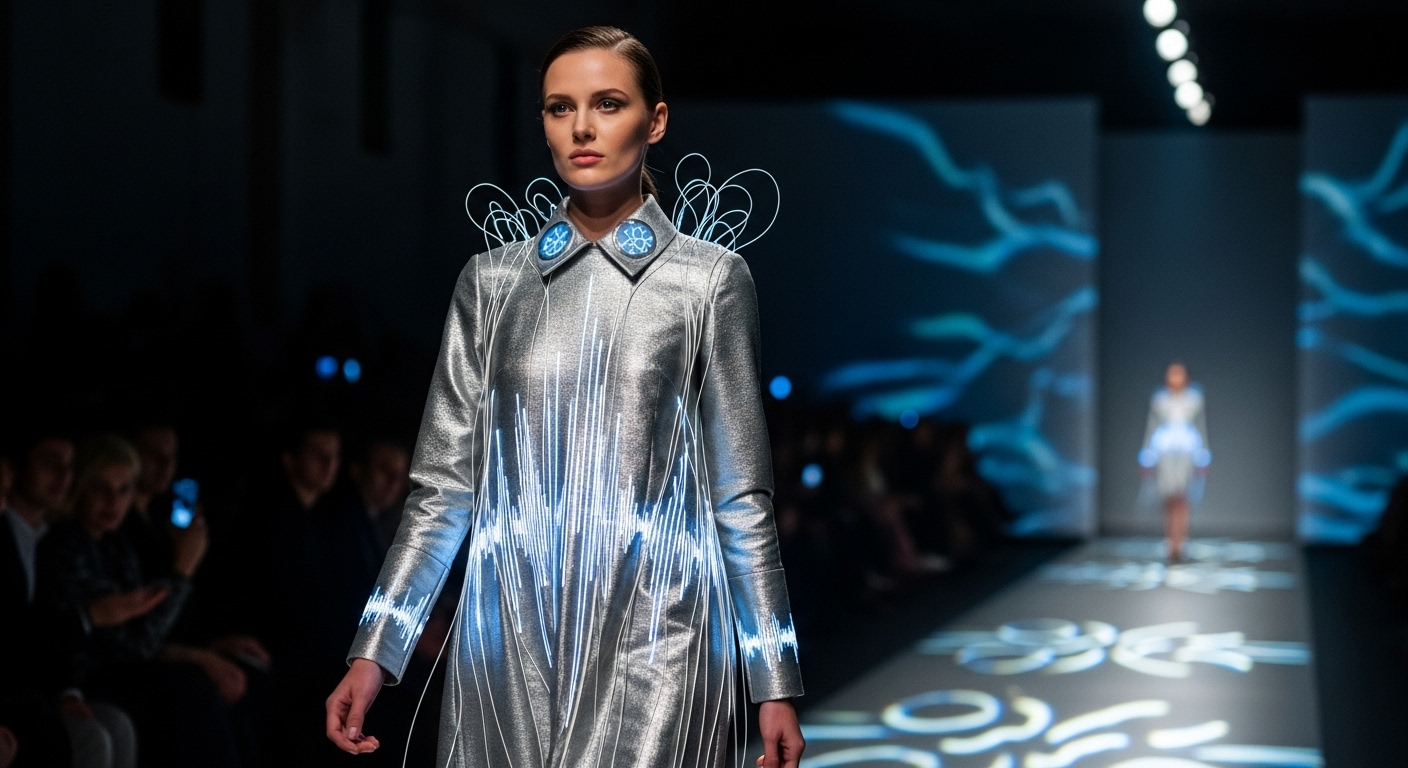Holographic Fashion: The Future of Runway Shows
In a world where technology and fashion increasingly intersect, holographic runway shows are emerging as a groundbreaking trend. This innovative approach to fashion presentation merges cutting-edge digital technology with haute couture, creating immersive experiences that transcend traditional boundaries. As designers seek new ways to captivate audiences and push creative limits, holographic fashion shows are redefining the landscape of style and spectacle.

Technological Marvels Behind the Scenes
At the heart of holographic fashion shows lies a complex array of technologies. High-powered projectors, specialized screens, and intricate software work in harmony to create three-dimensional images that appear to float in mid-air. Motion capture technology allows designers to animate their creations, bringing garments to life in ways previously unimaginable. The result is a seamless blend of the physical and digital worlds, where fabric and light intertwine to create stunning visual spectacles.
Reimagining the Runway Experience
Holographic fashion shows offer a multitude of advantages over traditional runway presentations. Designers can now showcase their collections in otherworldly environments, from underwater seascapes to futuristic cityscapes, without the limitations of physical set design. This technology also allows for real-time customization of garments, enabling designers to demonstrate the versatility of their creations within a single show. For viewers, the experience is equally transformative, offering unprecedented levels of engagement and interactivity.
Sustainability and Accessibility in Fashion
One of the most significant benefits of holographic fashion shows is their potential to reduce the environmental impact of the fashion industry. By eliminating the need for physical samples and reducing travel requirements, these digital presentations offer a more sustainable alternative to traditional shows. Additionally, holographic technology democratizes access to high fashion, allowing audiences worldwide to experience runway shows in immersive detail, regardless of their physical location.
The Future of Fashion Presentation
As holographic technology continues to evolve, its applications in the fashion world are bound to expand. Industry experts predict a future where holographic fashion shows become the norm, with virtual and augmented reality experiences allowing consumers to try on and purchase garments in real-time. This convergence of technology and fashion is not just changing how we view clothing; it’s revolutionizing the entire fashion ecosystem, from design and production to marketing and retail.
Challenges and Controversies
Despite its potential, the adoption of holographic fashion shows has not been without challenges. Some critics argue that the technology lacks the tactile element crucial to fashion appreciation, while others worry about the potential loss of jobs in traditional runway production. There are also concerns about the digital divide, with fears that smaller designers may be left behind in this technological race. As the industry grapples with these issues, finding a balance between innovation and tradition remains a key challenge.
Cultural Impact and Artistic Expression
Holographic fashion shows are more than just a technological novelty; they represent a new frontier in artistic expression. Designers are using this medium to push the boundaries of creativity, blending fashion with performance art, music, and interactive storytelling. This fusion of disciplines is giving rise to new forms of cultural expression, challenging our perceptions of what fashion can be and how it can be experienced.
The Role of Artificial Intelligence
Artificial intelligence is playing an increasingly significant role in holographic fashion shows. AI algorithms are being used to generate unique designs, predict fashion trends, and even create virtual models that can showcase garments with unprecedented realism. This integration of AI is not only enhancing the visual spectacle of holographic shows but also revolutionizing the design process itself, opening up new possibilities for creativity and innovation in the fashion industry.





